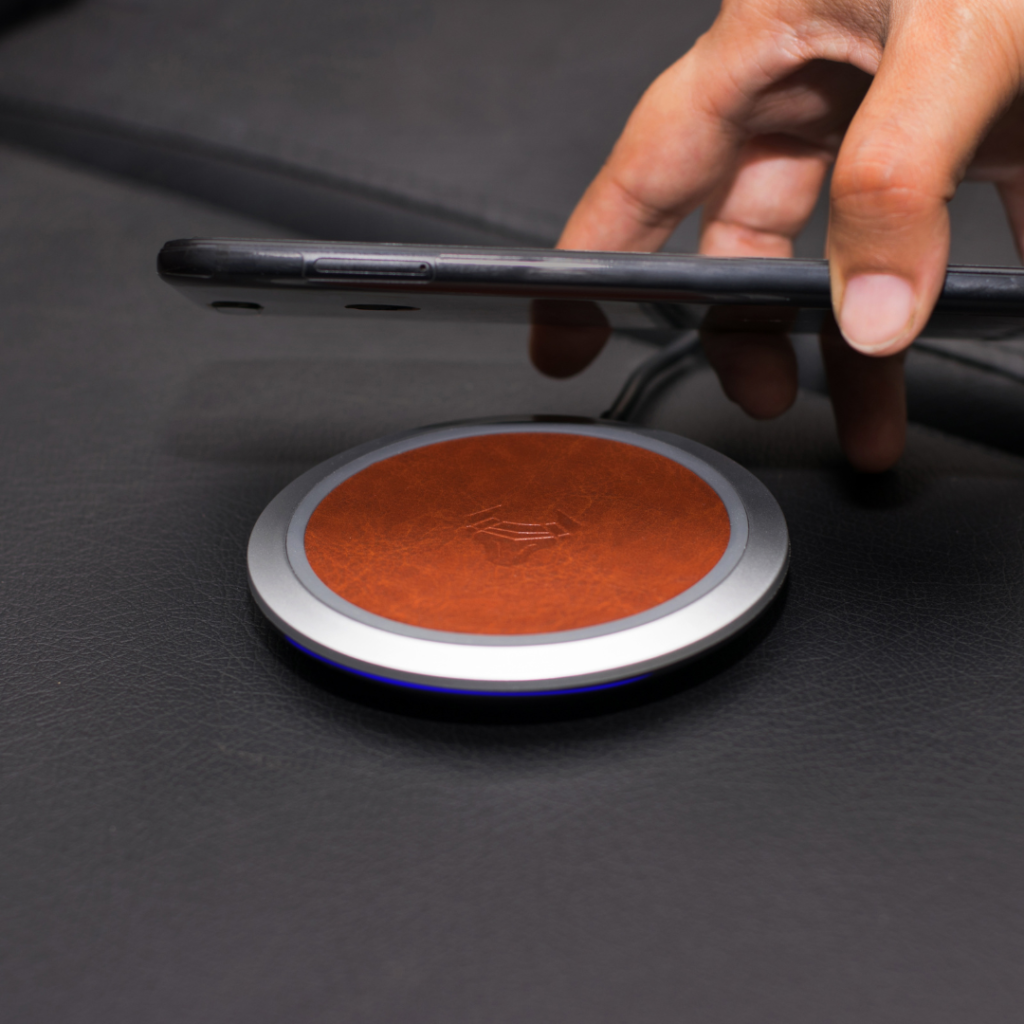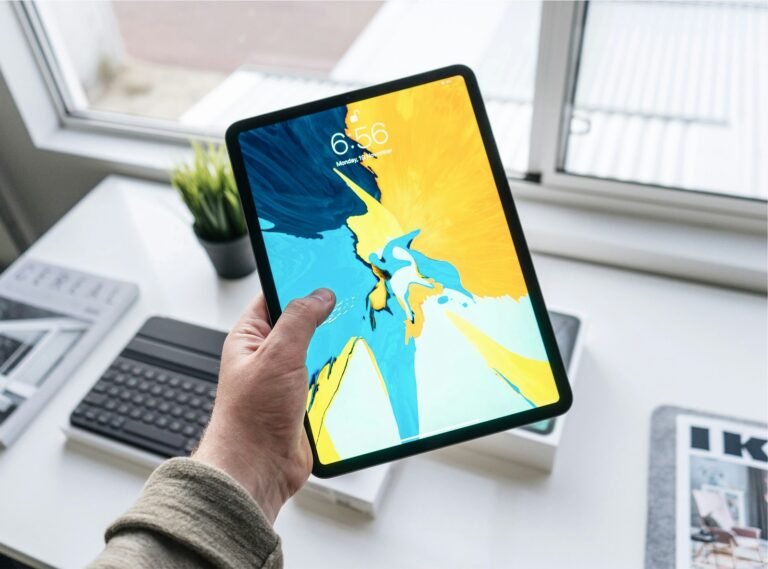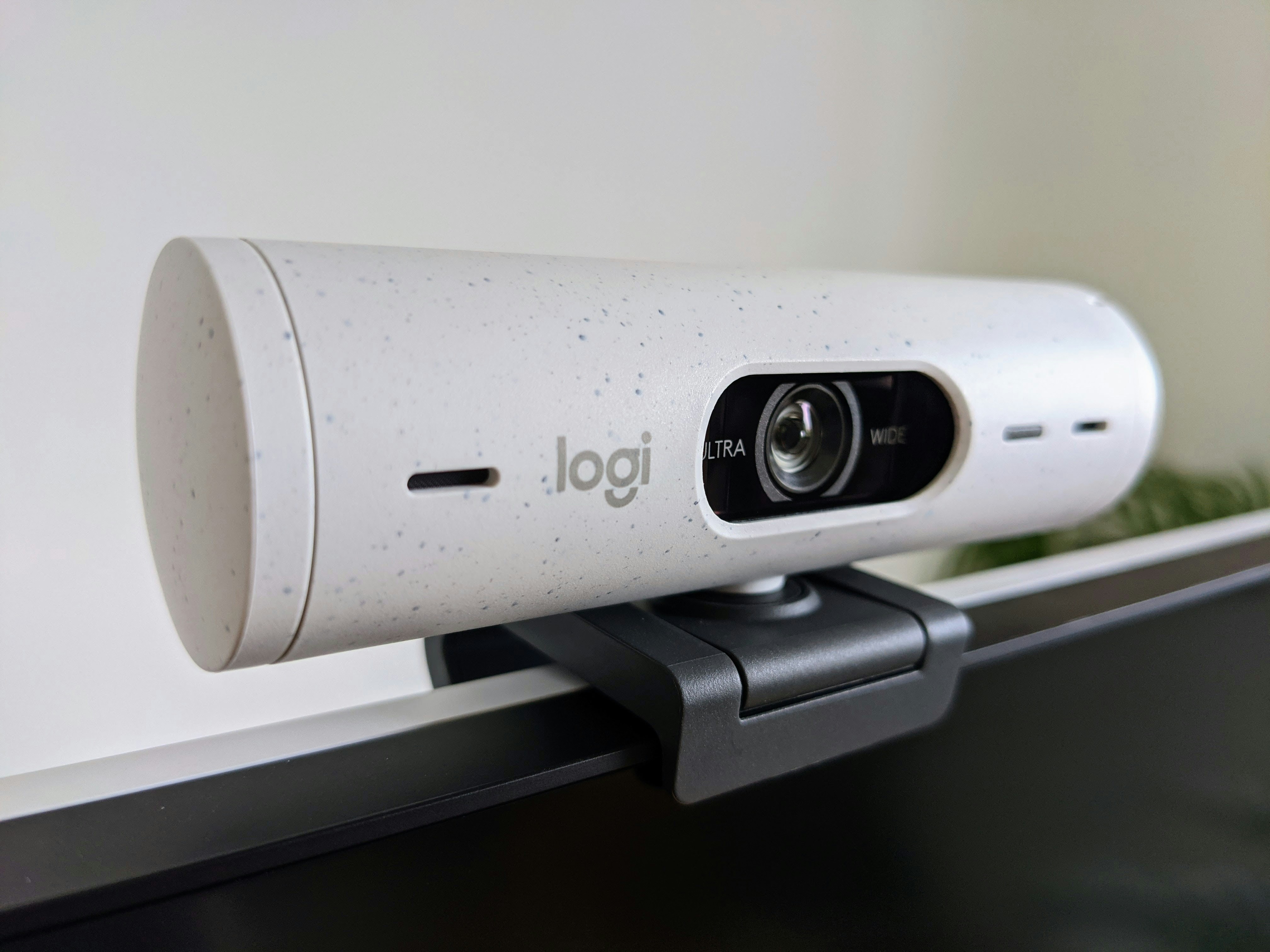Exploring the World of Wireless Charging
📌 Introduction to Wireless Charging
Wireless charging is a game-changing technology that allows devices to be charged without plugging in cables. Instead, it uses electromagnetic fields to transfer power wirelessly, offering a convenient and clutter-free charging experience.
🔹 No more tangled cables 🔹 Reduces wear and tear on charging ports 🔹 Enhances device durability and longevity
⚙️ How Does It Work?
This technology is based on electromagnetic induction, where energy is transferred from a charging pad to a device. Here’s how it works:
1️⃣ The Charging Pad: Contains a coil that generates an electromagnetic field when powered. 2️⃣ The Receiver Coil: Found in compatible devices, converts the electromagnetic energy into electricity. 3️⃣ Charging Process: Once placed on the pad, the device starts charging.

🔍 Comparison: Wired vs. Wireless
| Feature | Wired Charging | Wireless Charging |
|---|---|---|
| Convenience | Requires cables | No cables needed |
| Speed | Generally faster | Slightly slower |
| Port Wear | High (due to use) | None |
| Compatibility | Device-specific | Universal (Qi standard) |
| Mobility | Limited by cable | Flexible placement |
📱 Devices That Support It
This technology is widely adopted in various gadgets, making daily charging effortless.
✅ Smartphones
- Most flagship smartphones from Apple, Samsung, Google, and OnePlus support this feature.
- No need for constant plugging and unplugging.
- Tip: Use a high-quality charging pad to ensure efficient power transfer.
✅ Smartwatches
- Popular smartwatches like the Apple Watch and Samsung Galaxy Watch support it.
- Simply place your watch on a charging dock or mat.
- Tip: Keep the smartwatch aligned with the charging pad for optimal performance.
✅ Wireless Earbuds
- Many modern earbuds, such as AirPods and Galaxy Buds, come with compatible cases.
- Charge the entire case by placing it on a charging pad.
- Tip: Look for fast charging support to reduce downtime.
✅ Tablets & Laptops
- Some high-end tablets now feature this capability, although it’s not as common.
- A few laptops support it, but require specialized charging mats.
- Tip: Check your device specifications for compatibility before buying a charging pad.
👍 Pros & 👎 Cons of Wireless Charging
| Pros | Cons |
|---|---|
| Eliminates cable clutter | Slower than wired charging |
| Reduces wear on charging ports | Not all devices support it |
| Safer—reduces risk of electric shock | Requires device alignment for optimal performance |
| Allows charging multiple devices simultaneously | Chargers can be more expensive |
🔮 The Future of Wireless Charging
This technology is evolving rapidly. Future innovations include:
- Long-range power transfer (powering devices from a distance).
- Furniture with built-in charging (desks, tables, car dashboards).
- Wireless solutions for electric vehicles.
💡 Stay updated: As technology advances, we can expect it to become a universal standard across all devices.
🛒 Shop the Latest Wireless Charging Products
Explore the latest devices online. Click below to view top-rated products:
🔗 Shop Now (Redirects to external e-commerce websites)
Wireless Charging: The Future of Hassle-Free Power.
Also read about,
- The World of Wireless Chargers: Convenience and Limitations
- Samsung Galaxy M55 5G, powerful smartphone with top features
- Ultimate Guide to Planning International Holidays from India
- Valentine’s Day Gift Ideas for Every Love Story 💝.
- Smart Watch Buying Guide: Finding Your Perfect Fit.
- Go Just Online – Deals News | Linktree.











